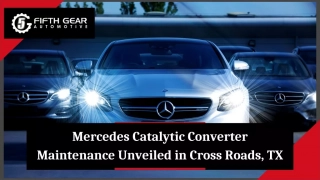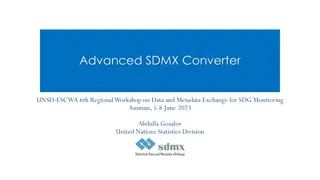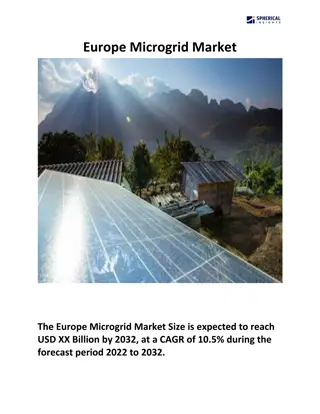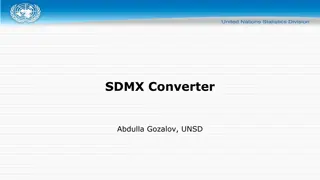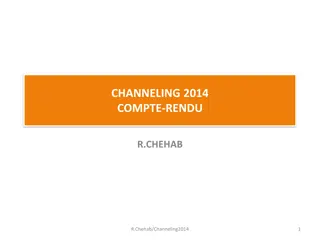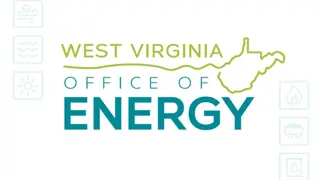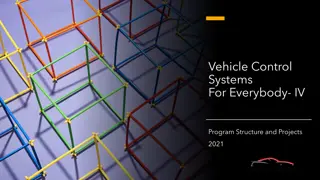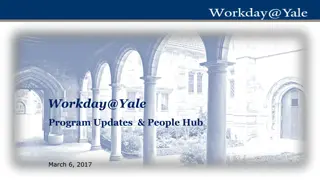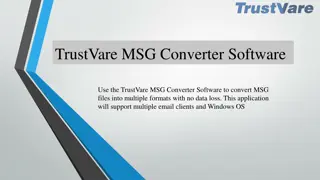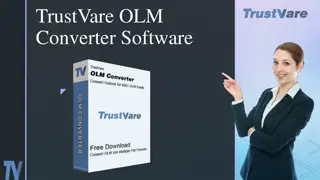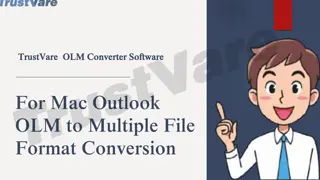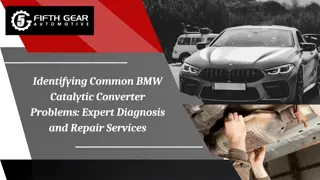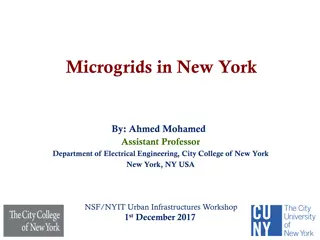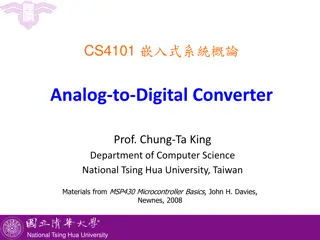Microgrid Converter Modeling and Control Project Overview
This project delves into the modeling and control aspects of converters in microgrids, focusing on enhancing the efficiency of solar-powered microgrids. With a strong foundation in renewable energy and a goal to reduce reliance on fossil fuels, the project aims to address key issues within the energy sector. Through detailed research tasks, including control algorithm design and hardware implementations, the project seeks to advance the understanding and application of converter technologies in microgrid systems.
Download Presentation

Please find below an Image/Link to download the presentation.
The content on the website is provided AS IS for your information and personal use only. It may not be sold, licensed, or shared on other websites without obtaining consent from the author.If you encounter any issues during the download, it is possible that the publisher has removed the file from their server.
You are allowed to download the files provided on this website for personal or commercial use, subject to the condition that they are used lawfully. All files are the property of their respective owners.
The content on the website is provided AS IS for your information and personal use only. It may not be sold, licensed, or shared on other websites without obtaining consent from the author.
E N D
Presentation Transcript
Microgrid Converter Modeling and Control Chris Leonard and Baylor Howard Advisors: Dr. Jing Wang & Dr. In Soo Ahn Department of Electrical and Computer Engineering Bradley University Nov 29, 2018
Project Outline Introduction and Motivation Problem Statement Subsystem Modules Research Tasks Preliminary Results Timeline and Work Division Budgets Conclusions
Introduction and Motivation Fossil fuels more damaging than helpful Renewables have room for growth Energy Gen. v Damage Done, 2015.
Introduction and Objective Solar powered microgrid To improve efficiency of Solar powered microgrid, in this project, we propose to study the control and modeling problem of converters in Microgrids
System Flow Chart Two stages: --DC/DC --DC/AC
General System G(s) = Vs/(L*C(s^2+s/R*C+1/L*C)) Filter D(s) = (Td*s+1)/(?*Td*s+1) Lead Compensator D = Vref/Vs Duty Ratio Nominal Value Vref= Reference Voltage 1/Vp= PWM
Buck Converter Step down Vo = D*Vs D: duty cycle
Boost Converter Step up (boost) Vo=Vs/(1-D)
DC/AC Inverter Inverts from flat DC signal, to an AC sinusoidal wave Future component
Research Tasks Control Algorithms Design -- DC/DC Converter Control -- DC/AC Inverter Control (Matlab) Software simulation (Matlab and Pspice) Hardware Implementation Validation / Load Specifications
Output from Pspice Vref = 3.3v Vs = 6v Load change at 1.5ms
Progress Result vs Reference
System Integration C2000 Microgrid Board from TI Use DC source to begin
Timeline November & December (FA18) - PSpice model fully functioning for buck converter with controller. - Set up website January (SP19) - Model Boost Converter in PSpice February (SP19) - Model Inverter in PSpice and implement buck, boost and inverter on breadboard. March (SP19) - Refine physical design and explore possibility of implementing 3 phase as an output of our system. April (SP19) - Finalize physical design
Budget Buck converter- $200 C2000 inverter- $800 Matlab standard perpetual license- $2150 (lifetime purchase) Pspice designer package- $1980
Conclusions Fossil fuel is finite, solar essentially not Attempt to move towards more reliable renewable sources Develop more efficient methods
References 1. Y. Lu, Advanced grid-tied photovoltaic micro-inverter , University of Canterbury, Christchurch, New Zealand, 2015. 1. Texas Instruments, Digitally controlled solar micro inverter design using C2000 Piccolo microcontroller, TIDU405B datasheet, Oct.2014 [Revised June 2017]. 1. D. Hart, Power Electronics. New York: McGraw-Hill, 2011, p. 199. 1. D. Hart, Power Electronics. New York: McGraw-Hill, 2011, p. 212. 1. D. Hart, Power Electronics. New York: McGraw-Hill, 2011, p. 337. 1. D. Hart, Power Electronics. New York: McGraw-Hill, 2011, p. 316.
Q&A Thanks!


